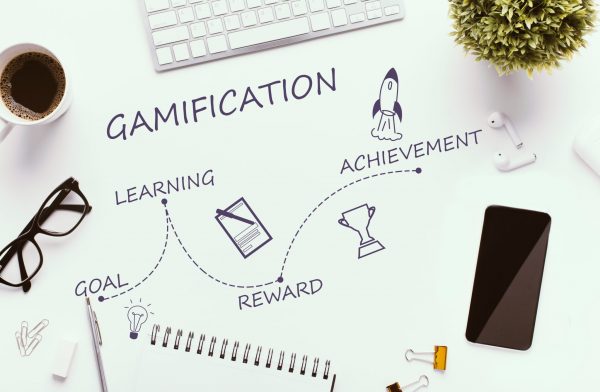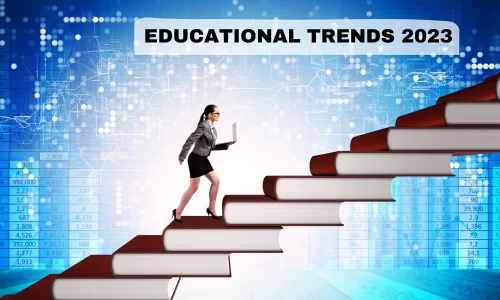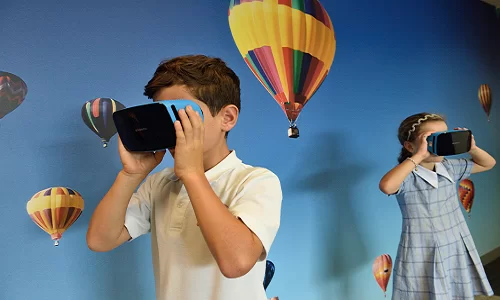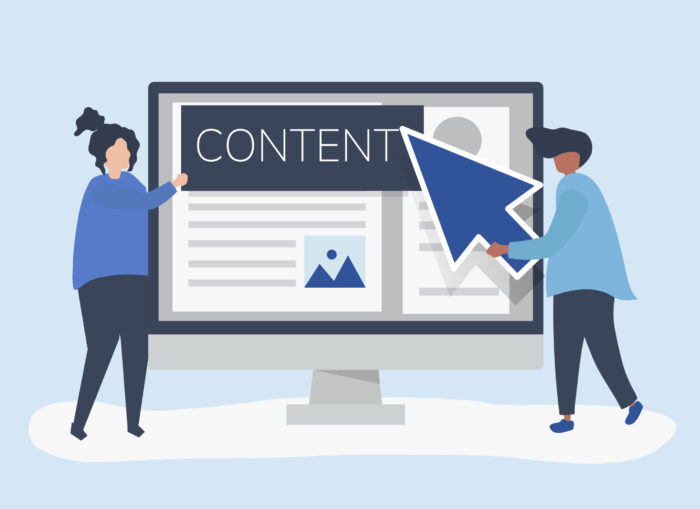Gamification has not only become a part of eLearning but is also quickly becoming a workspace essential. As an emerging futuristic developmental approach, gamification facilitates the effective employment of game mechanics in non-gaming milieus. Gamification in the workplace is emerging as an inevitable tool of enhancing productivity and is thus developing at a fast pace.
The need to engage the employees in their work is beneficial not only for enhancing work productivity but also for the employees’ career development. The more the employee enjoys doing their work, the more efficient will be their work and the more thorough will be their mastery over their skill. The following article analyzes how gamification is employed in the workplace to achieve the desired levels of productivity.
What Is Gamification in the Workplace?
Gamification in the workplace refers to adding an element of fun into the workplace to pique the employees’ interest in the task they perform. It is rightly said that all work and no play make Jack a dull boy. Therefore, the use of gamification in the workplace also facilitates creating a balance between work and play. The greatest drive for completing a game is always the rewards received afterward. One way of gamifying work-related tasks is providing rewards to the highest achievers.
Gamification in Employee Training
Training is a requisite for flourishing in the corporate world. Tirelessly working in an office creates a monotonous environment that can affect the productivity levels of the employees. Gamification in a workplace educates, engages, and motivates employees for the end goal of optimizing the workflow and attracting talented professionals. The use of gamification can be categorized into three broad categories, which are:
a. Gamification for training
An organization can use gamification to recruit and train existing or new staff, inform them about new products, improve understanding of the company policies, introduce new software or technology, increase compliance, and upskill the employees.
b. Gamification for team building
Teamwork is the backbone of any organization. Gamification helps foster healthy relations among team members by bridging the communication gap, building mutual trust and understanding, improving relations, and encouraging collaboration.
c. Gamification for improving results
Gamification improves results and helps achieve the desired objectives of an organization by creating a sense of competition among the employees. Leaderboards, rewards, and incentives work as stimuli to motivate and engage employees to produce better results.
Gamification in HR
Gamification in HR is employed in a business process/environment to recruit, train, engage, and motivate the employees as well as to develop their skills. The gamification process kindles competitive instincts. As a result, employees engage and absorb knowledge through a game and experience a greater sense of achievement and encouragement to grow. The HR department of a company may use gamification to attract job seekers and to assess their future performance at the time of recruitment.
Some of the important applications of gamification in HR are listed below:
i) Training and learning
Change boring training content into a game to engage the employees and to get better responses.
ii) Administration
Reward points for completing a certain task on time. This works as a form of extrinsic motivation for the employees.
iii) Employee well-being
Along with work, take employee wellness into account. The HR can create a challenging system to record physical activity levels through wearable tech and maintain leaderboards to give rewards.
iv) Team building
Create a collaborative approach while introducing healthy competition in a team.
v) Assigning value
Assign a value to the employees in the form of rewards as they abide by company values.
Addressing Multiple Training Needs
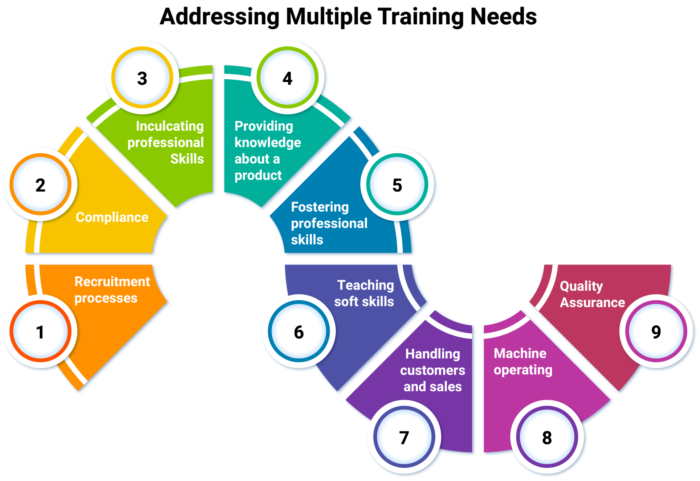
The scope of gamification in the workplace is extensive. It engages employees in all departments. What’s more, it provides an impetus for better performance in the workplace. The common spheres where gamification is employed in the workspace include:
- Recruitment processes
- Compliance
- Inculcating professional skills
- Providing knowledge about a product
- Fostering professional skills
- Teaching soft skills
- Handling customers and sales
- Machine operating
- Quality assurance
Benefits of Gamification in the Workplace
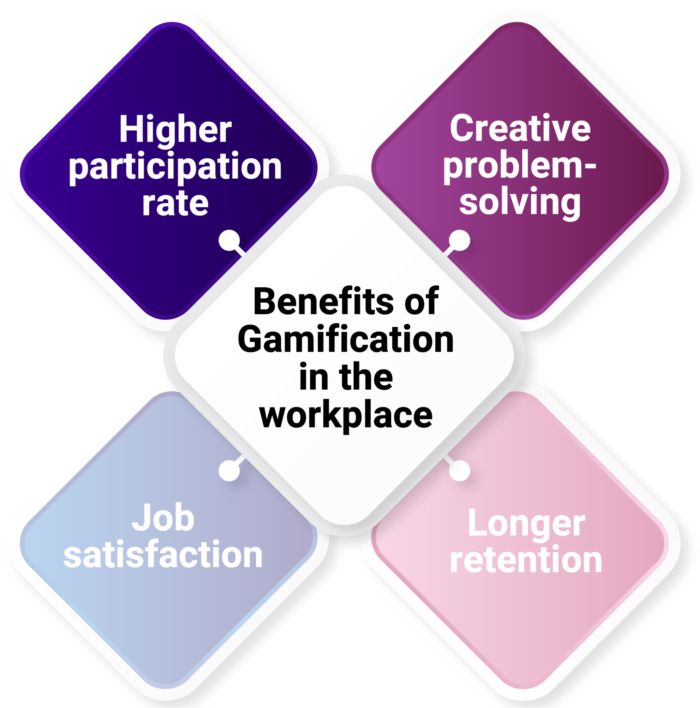
Gamification in the workplace offers countless benefits to the organization as well as the employees. Some of the important benefits of gamification in the workplace are mentioned below:
1. Higher rates of participation
A gamified activity encourages more employee participation as it is an interesting team activity that involves a reward.
2. Creative problem-solving
Gamification allows employees to apply their creative talent in their work to perform better and to get rewards. This induces creative problem-solving abilities in them.
3. Information retention
Information acquired through experiences is much easier to retain. Employees engage in various activities and learn by experiencing and performing in a game-like situation, initiating longer information retention.
4. Job satisfaction
Happiness at work makes work more enjoyable and reduces the burden on the employees. This increases job satisfaction as the employees engage in competition and get recognition for their efforts.
Final Observations
Gamification of a workplace plays a crucial role in creating a positive work environment by making work seem more like a game one can enjoy. It is an accommodating approach that works well for the various divisions of an organization. Moreover, it helps achieve unprecedented levels of employee productivity and growth for attaining the desired company goals.
However, gamification requires certain conditions to be met before an effective training solution can be implemented. Transforming gamified training into a learning tool requires certain elements. This transformation helps in achieving the desired outcomes rather than just creating a game.
For more information on Gamification in the Workplace, read Part-II of this series.
Research references: Digitalhrtech and Medium
Images sourced from Shutterstock and Vecteezy
Visit our blog for further reading on Gamification.
Create. Engage. Inspire.

